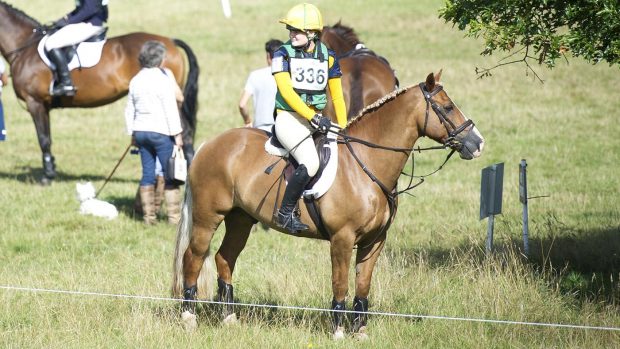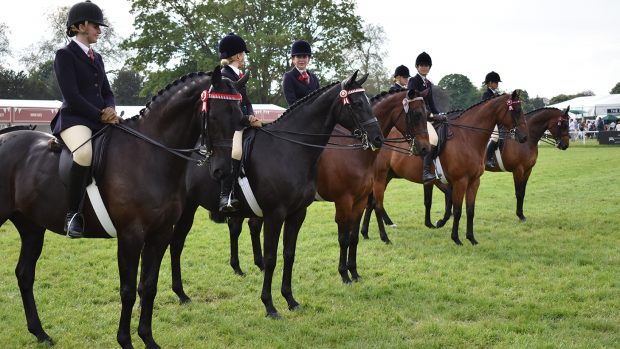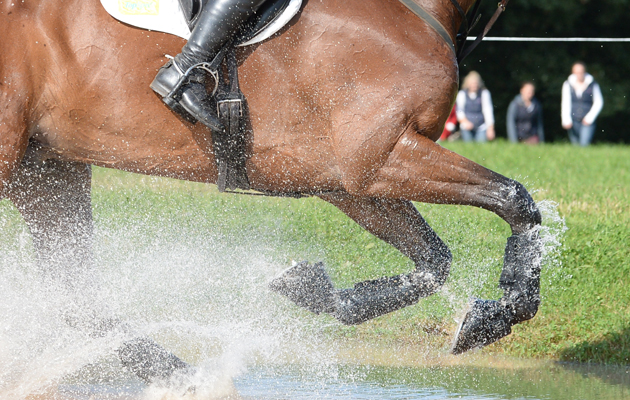As the old adage says, by failing to plan you are planning to fail. Trainer James Burtwell believes riders need to get strategic if they are going to optimise their competition performance
You’ve had all the lessons you can afford and put in the hours of training required. You’ve tackled your nerves and are competing regularly. Somehow, still, you don’t feel you are doing yourself and your horse justice in the ring. If this sounds like you, try following James’s advice to give you the edge come show day.
1. Plan ahead and make a timetable
You want to arrive with enough time to get ready and warm up, but not so much that you get worked up hanging around. If possible, do a dummy run.
If you’ve competed at the venue before, you will even know how long it takes to get to the secretary’s and into the arena from the lorry park. Make a note of this information, as it’s this detail that can make the difference between a smooth performance and a frazzled, stressed-out day.
2. Never look at the scoreboard
Just don’t do it, however tempting. Ask a friend or helper to go and check your time or arena if necessary. Looking at other’s scores before you ride will only make you start worrying about whether you can better them. And stressing about what everyone else is doing won’t help your performance.
Don’t look to see which riders are going before and after you, either — you don’t want to know if you’re following Mark Todd or Carl Hester.
3. Consider stabling
If you are going to a show that is particularly important to you — perhaps a championship — and your route takes in a road as potentially nightmarish as the M25, consider stabling overnight beforehand. Some horses worry about being away from home, but it’s a good experience and part of their education. The last thing you want is to miss your class.
If your start time is very early, it may be worth staying over, too. Getting up at 4am upsets the horse’s routine. It can be beneficial to have the opportunity to ride in the arena the day before, too.
4. Don’t get carried away in the warm-up
Your warm-up is just that, designed to warm your horse’s muscles (and yours) in preparation for the task ahead. Don’t use it to wear you both out, nor to teach your horse something new — if he doesn’t know it now, he won’t pick it up in the next 20 minutes nor sustain it for the competition. That said, don’t under do it in the warm-up, either — your horse needs to be prepared for the job, so ride transitions and make sure he is listening to you.
5. Pretend you’re at home
Remain calm and behave just as you would if riding in the arena at home. Your horse will pick up on any tension, and if you suddenly change the way you ride he won’t understand what you’re asking of him.
Get yourself into a bubble on arrival at a show and ignore all distractions. Explain to anyone going with you that you may be distant when getting ready and don’t need a kind family member offering you a coffee in the warm-up, for example.
While waiting for the bell to ring (or the starter’s orders), you shouldn’t even notice who else is there — just focus and think: same test/jumps, different arena.
Like this? You might also enjoy reading these:
10 top tips to help tackle nerves in the warm-up
Bursting into song — and 5 other ways to beat riding nerves
6. Get familiar
If possible, avoid changing your bit or tack before a show — you want your horse to work predictably. Practise riding at home in the kit you plan to wear at the show, too. Putting on your shiny riding boots and white breeches without leather half-seat may suddenly make you feel much less secure.
Don’t change the way you ride right before competition, and similarly don’t over-ride or over-train before a show — your horse won’t know what’s going on.
Have the horse shod at least two weeks before an important competition to give his shoes time to bed down, and take spares with you.
7. And get on with it
If you can’t have leg protection on your horse in the ring, put boots on him during the warm-up rather than bandages, as the latter can be difficult to remove before you go in if the horse is excitable.
If your horse is tense, having warmed up, get in the arena and get on with the test or course — don’t faff about getting him to halt perfectly before you get going, for example, as you’ll only wind each other up.
Don’t miss this week’s special SHOW GUIDE issue of Horse & Hound magazine (22 February 2018), including more than 5,400 dates to plan your season




